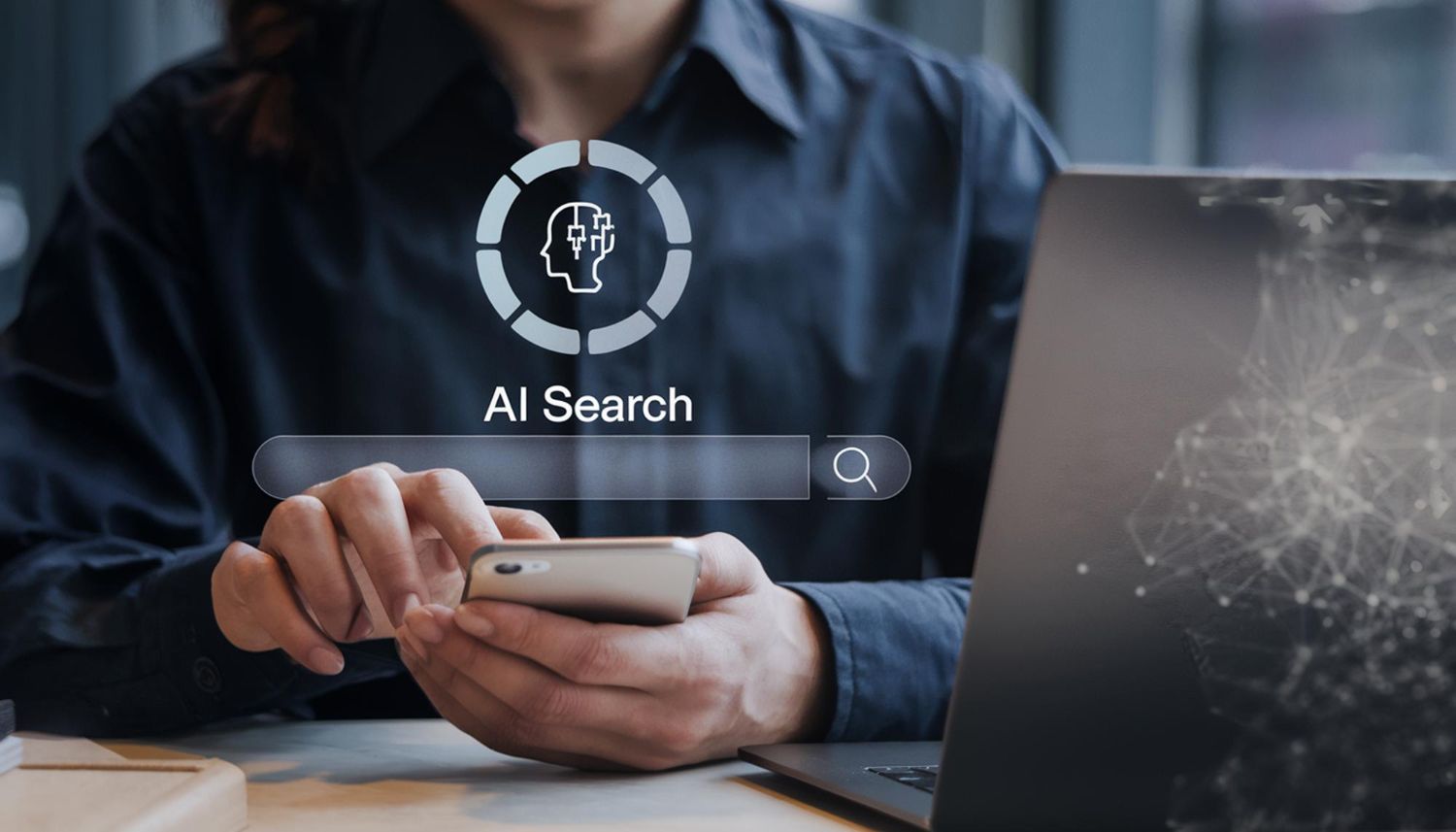By MAIZE.
Food safety is a global concern, with incidents like contamination and mislabeling posing serious risks to public health. Understanding and analyzing food safety reports is a complex task, especially when information is scattered across thousands of documents. What if artificial intelligence (AI) could help us make sense of this vast amount of data?
At the Horizon Europe EFRA research project, we’re exploring how Large Language Models (LLMs) can assist in extracting and organizing key information from food safety incident reports. By leveraging AI, we aim to improve knowledge extraction and classification, making it easier for experts to identify hazards and affected products.
Food safety incident reports contain critical details about contaminated products, the substances involved, and potential risks. These reports use varied terminology and formats, making it difficult to classify the information efficiently. Traditional methods require extensive human effort to manually label data, which is time-consuming and costly.
Our Solution: AI-Powered Knowledge Extraction
We are using an approach inspired by Retrieval-Augmented Generation (RAG) — a method that combines AI-driven search with language model processing. Here’s how it works:
- Scanning Reports: The AI reads food safety reports, summarizing key details to reduce inconsistencies.
- Identifying Key Entities: It extracts mentions of hazards (e.g., Salmonella) and products (e.g., organic tortilla chips).
- Retrieving Relevant Matches: The AI searches a structured knowledge base to find relevant categories and concepts.
- Classifying Information: The AI links extracted information to structured ontologies, ensuring accurate classification.

This process helps us map unstructured report data to a structured classification system, making information easier to analyze. By automating knowledge extraction, we can process food safety reports faster and more accurately than ever before. This not only improves efficiency but also ensures that experts have reliable data at their fingertips. Our AI-driven approach enhances food safety monitoring, helping regulatory bodies and food industry professionals respond to risks more effectively.
By integrating AI into food safety monitoring, we are taking a step toward a future where data-driven insights help prevent food-related risks before they become major threats.
Article originally posted on Medium.




